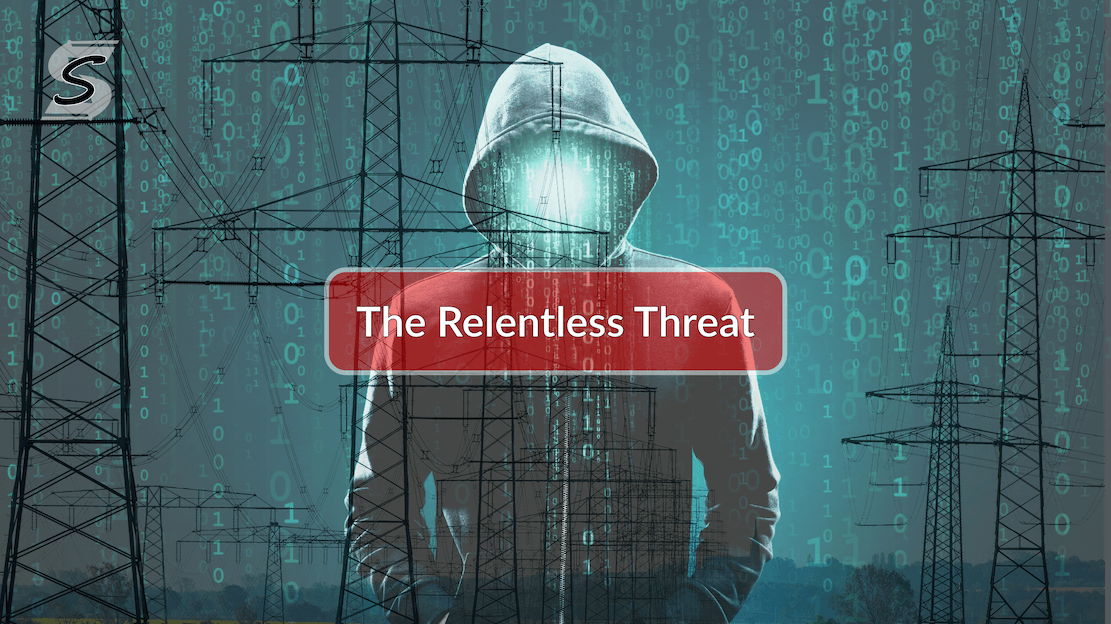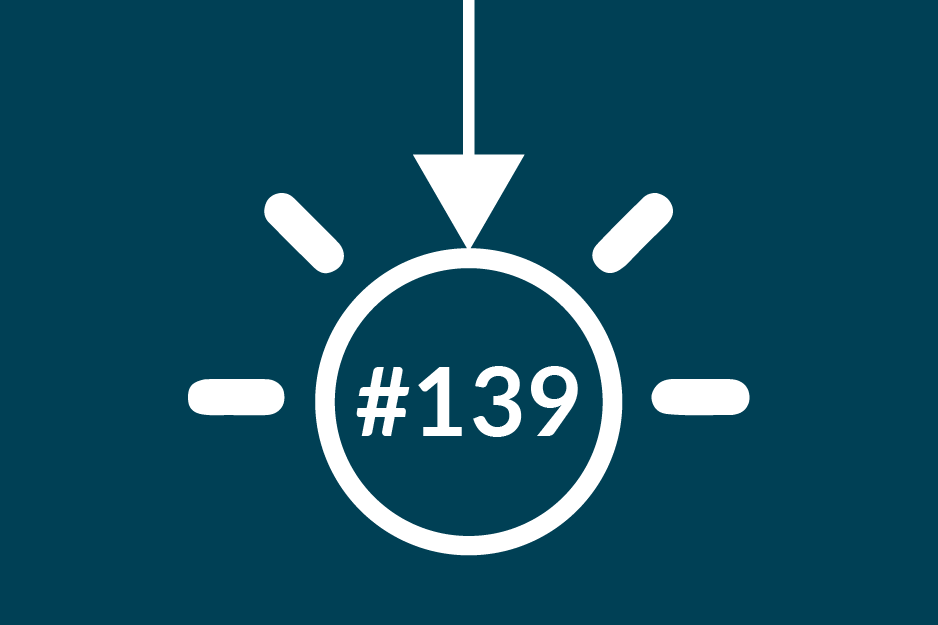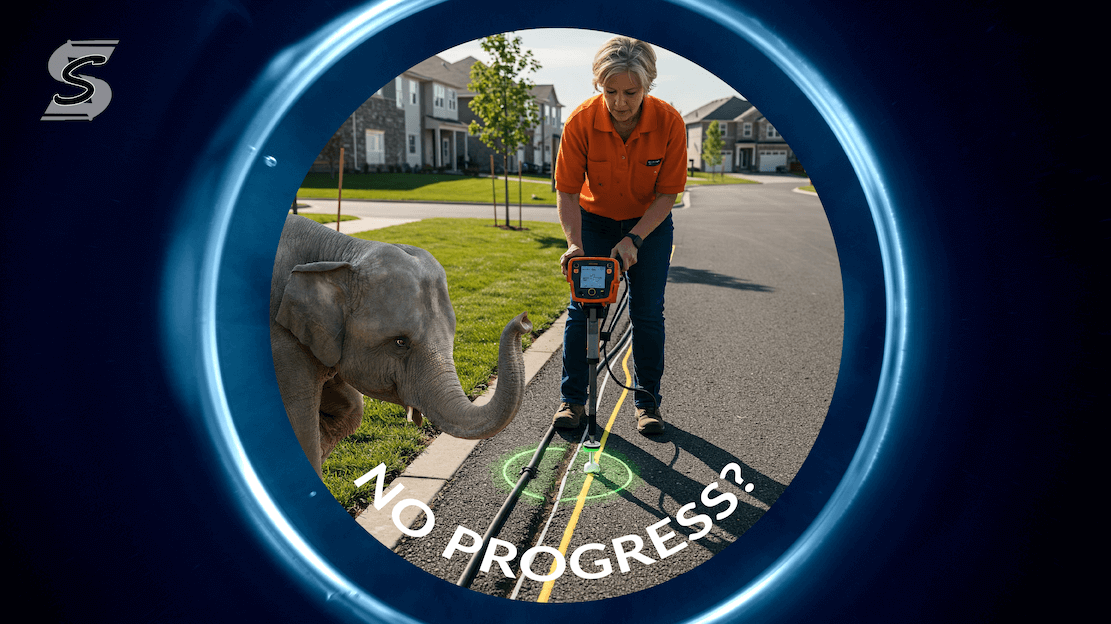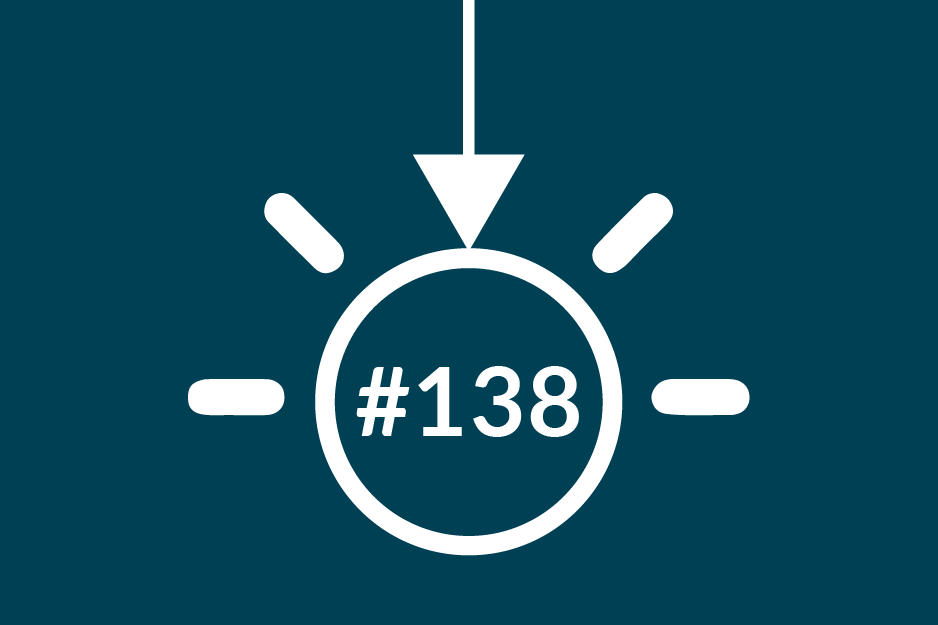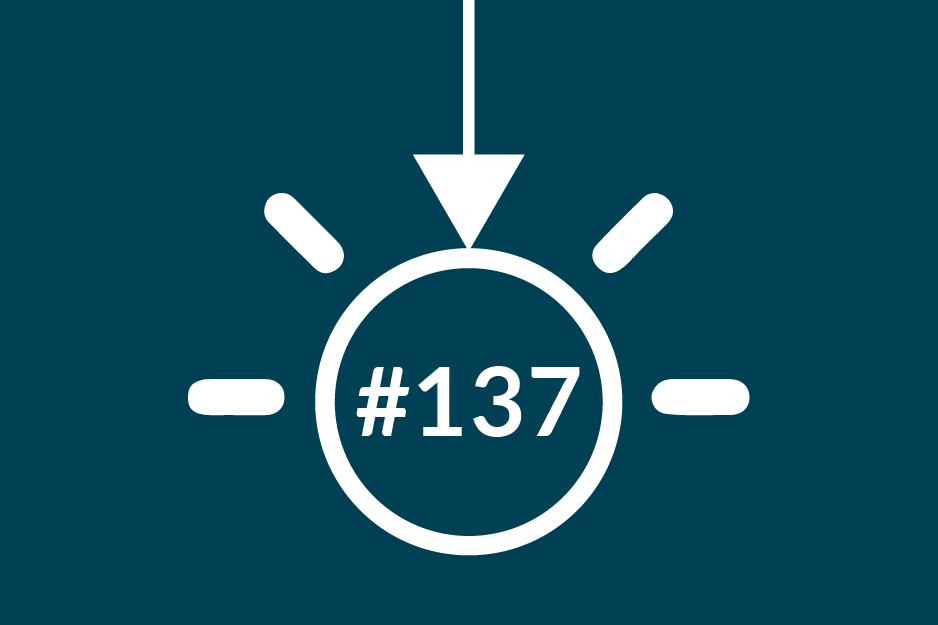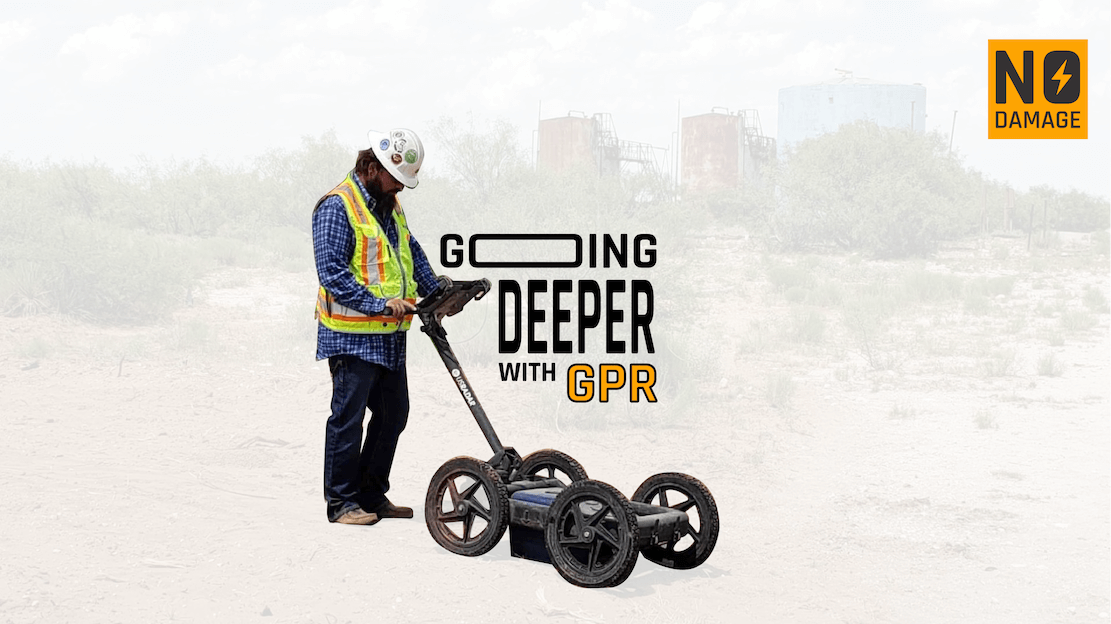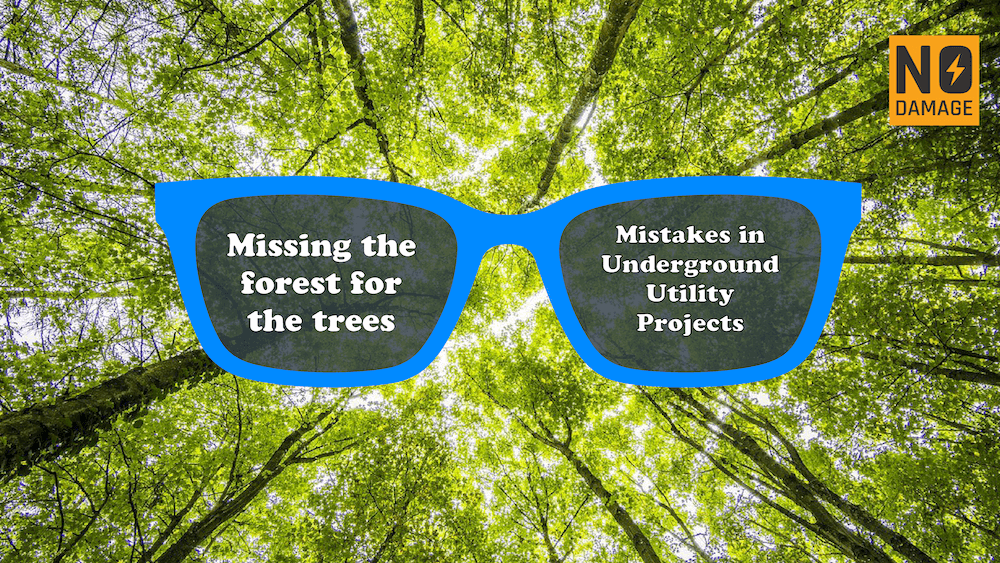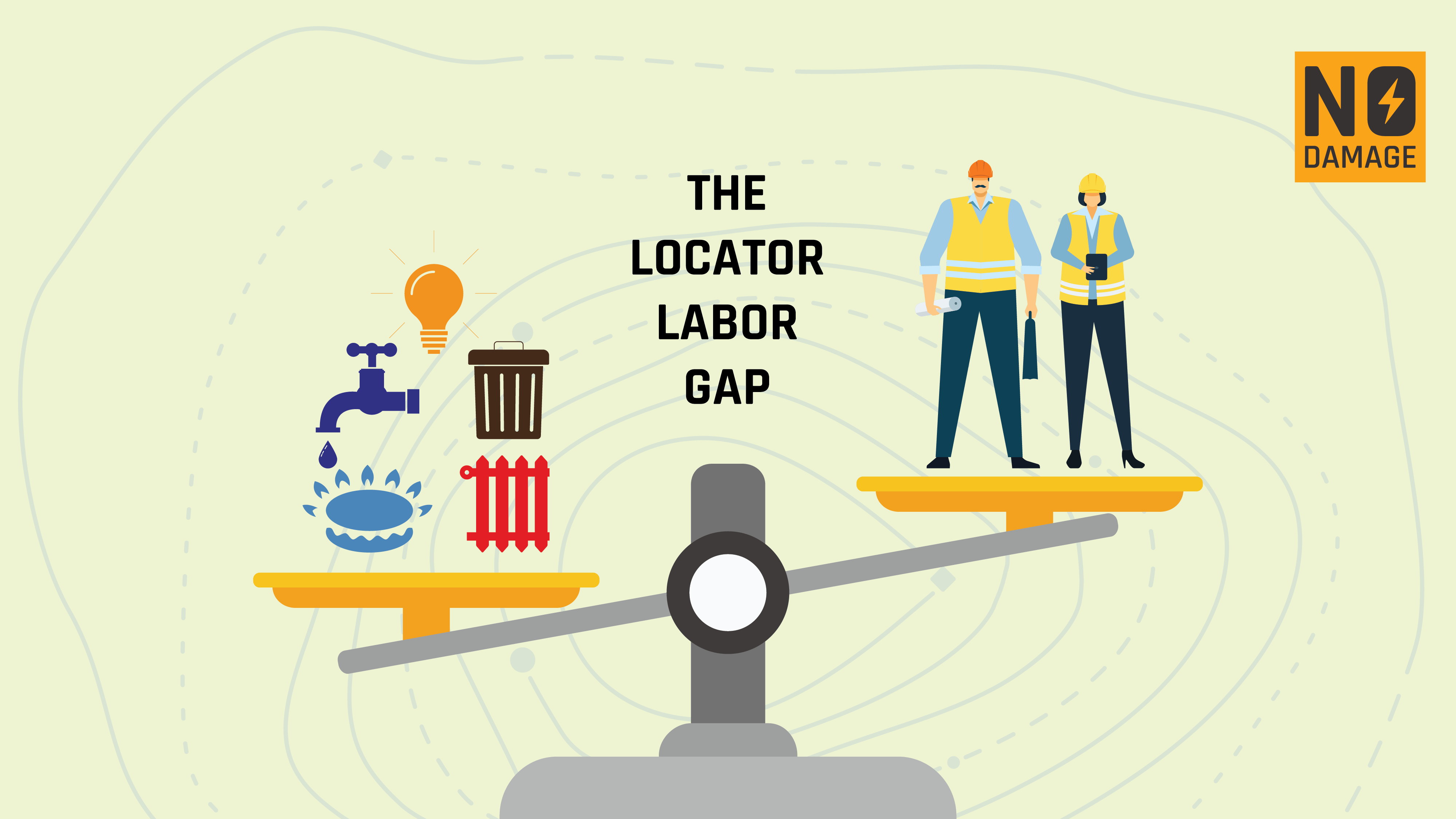
Predictive analytics represents a crucial application of artificial intelligence (AI) in our industry, harnessing the power of data to drive insights and optimize decision-making processes. As we delve deeper into the complexities of underground utility management, the importance of accurate and timely information cannot be overstated. The better quality data we can gather from various sources, such as historical records, sensor networks, and advanced imaging technologies, the more effectively we can train predictive models to anticipate potential risks and guide preventive actions. By leveraging AI algorithms, predictive analytics not only enhances the accuracy of predictions but also adapts and learns from new data inputs, continuously improving its effectiveness over time. In an ever-evolving landscape of utility infrastructure, where unforeseen challenges and hazards abound, the integration of AI-driven predictive analytics offers a proactive approach to damage prevention and infrastructure management.
The Basics of Predictive Analytics
Predictive analytics leverages data modeling, machine learning, statistics, and data mining to predict future events and inform current decision-making. This approach shifts from merely collecting data to analyzing it for actionable insights, addressing questions such as "What has happened here in the past?", "What trends can we identify from the data?", and "What actions should we take based on these insights?" This technology is widely used across various industries to predict future events, identify patterns, and make informed decisions, and it holds immense potential for damage prevention and SUE. There are two primary types of predictive models. Forecast models use historical data to make predictions and inform future decisions, employing classification or regression techniques to identify dependent variables or predicted outcomes. In contrast, cluster predictive modeling focuses on identifying relationships between independent variables by grouping data points with common traits. A lot of betting algorithms use something similar to cluster predictive modeling. This approach doesn't always yield a clear response but helps reveal the common characteristics among different variables. We still need good people to make good decisions!
Applications
In the context of SUE, predictive analytics can significantly improve the management and maintenance of complex assets like gas and water pipelines. The technology helps track the health of critical components such as clamps, gauges, valves, and machinery. By using predictive models, utility companies can forecast potential failures and prioritize maintenance efforts, reducing the risk of service interruptions, hazardous leaks, and other dangerous situations. Leveraging historical data on utility placements, geographical features, and past excavation activities, allows predictive models to forecast the probable locations of underground utilities with greater accuracy. It can also do the same with historical damages and even align data from other areas to find high risk zones in the dig area you're at. This is how many AI risk profilers work in our industry including Urbint and Utilocate. This predictive capability enables utility companies and excavation teams to proactively plan and execute dig operations, reducing the likelihood of accidental damage to vital infrastructure and improving overall safety. Furthermore, by integrating real-time data streams from IoT sensors and geospatial mapping technologies, predictive analytics can continuously refine its predictions, offering dynamic insights into changing underground conditions. Embracing predictive analytics in utility locating not only streamlines operations but also safeguards critical infrastructure and promotes sustainable development.
Enhanced Risk Management
Predictive analytics enhances risk management by pinpointing the most vulnerable points in the utility infrastructure. By integrating various map data sources—including GIS, LiDAR, and 3D scanning - locators and damage prevention professionals gain a comprehensive view of network health. This holistic perspective allows for more precise and detailed project planning, ensuring that time and resources are focused on the areas that present the highest risk. The ability to predict which components are likely to fail next enables proactive maintenance, thereby avoiding costly and dangerous incidents.
Case Studies and Industry Leaders
Several forward-thinking companies are already leveraging predictive analytics to protect underground utilities. For example, Exodigo uses AI and drones to build detailed utility maps, providing a robust foundation for predictive models. 4M Analytics is constructing a comprehensive underground map, integrating various data points to offer a clearer picture of utility networks. The SiteMap®(Powered by GPRS) platform provides a centralized location for private locators to manage and share utility data, further enhancing the effectiveness of predictive analytics. Utilocate's sketch tool exemplifies how real-time data updates can be integrated into predictive analytics. By allowing users to update utility information on live maps, the tool ensures that predictive models are based on the most current and accurate data available. This capability is crucial for effective damage prevention, enabling utility companies to react quickly to new information and adjust their maintenance strategies accordingly.
The Future of Utility Management
The adoption of predictive analytics is not just a technological upgrade but a strategic necessity. As utility damages become more expensive and the technology more accessible, the cost-benefit analysis increasingly favors its implementation. Utility companies must recognize that investing in predictive analytics will lead to safer, more efficient operations. Those who fail to adopt these technologies risk falling behind, as the industry moves towards a future where data-driven decision-making is the norm.
In essence, predictive analytics presents a potent solution for safeguarding underground utilities. By enabling proactive maintenance and informed decision-making, it empowers utility companies to manage risks, reduce costs, and enhance proactivity rather than being reactive. The future of utility management hinges on widespread adoption of predictive analytics, ensuring a safer, more efficient, and more resilient infrastructure for all stakeholders.
Share this Post


